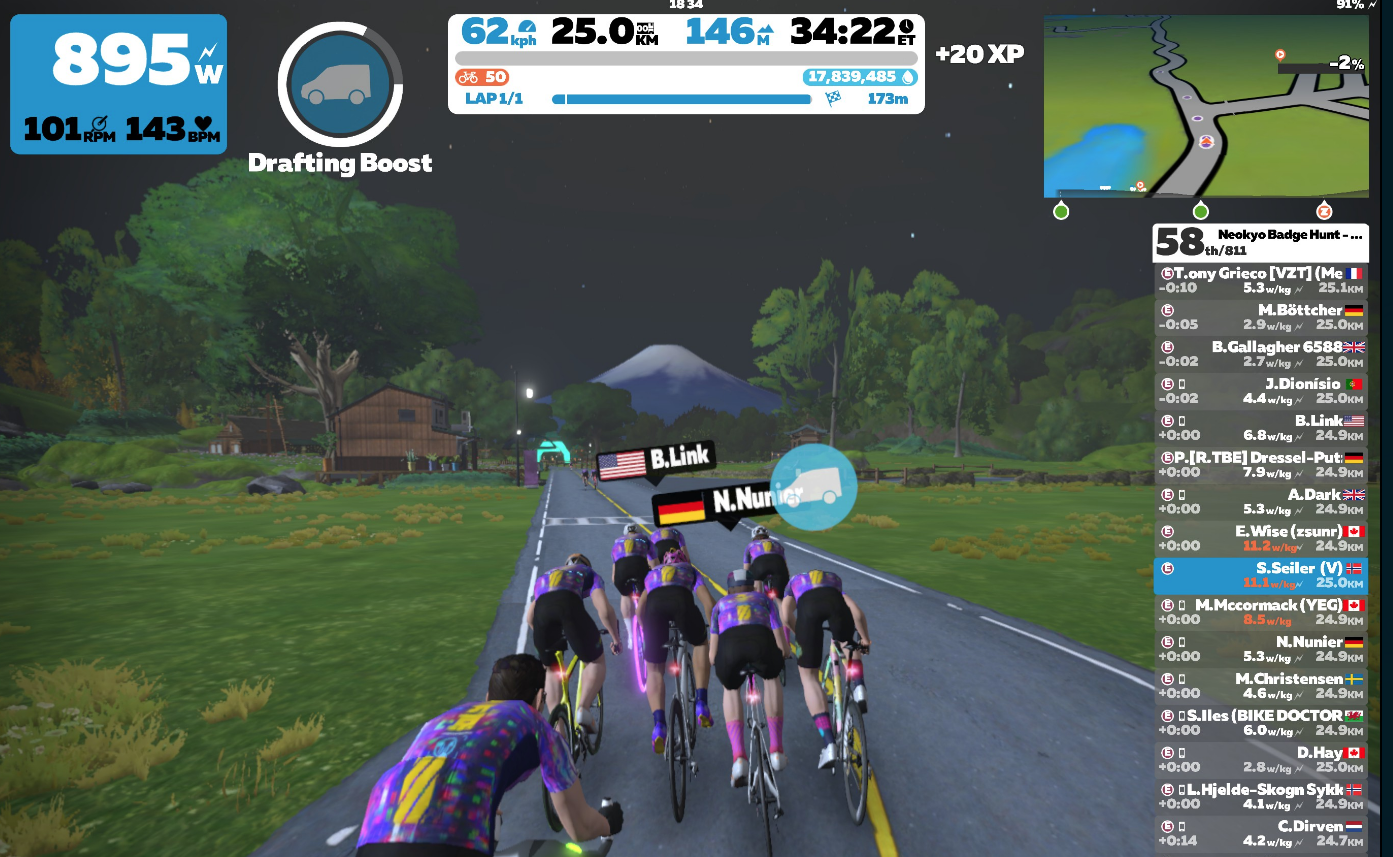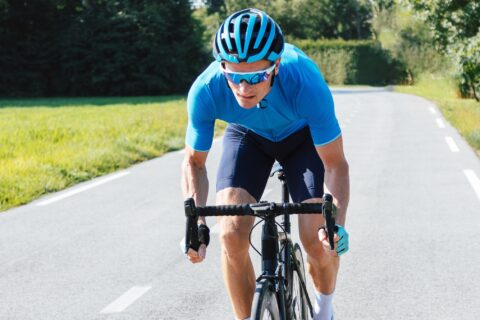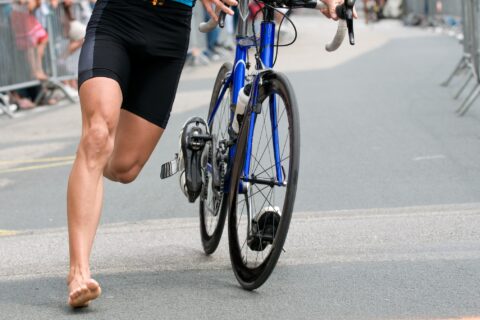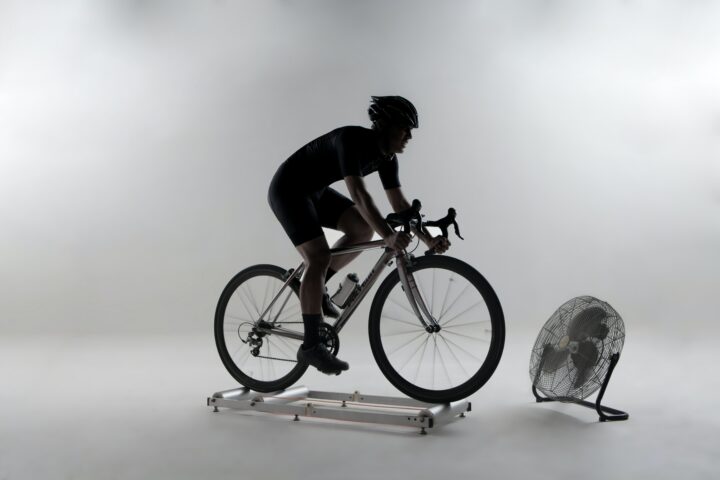Rob Pickels details the many nuances of racing on Zwift, and offers essential tips to improve your tactical acumen for the virtual world.
Rob Pickels details the many nuances of racing on Zwift, and offers essential tips to improve your tactical acumen for the virtual world.






